Op-ed | There’s no perfect Space Traffic Management framework
Thursday, 23 June 2022 14:56
Space traffic management should be about mitigating risk, not eliminating it.
The post Op-ed | There’s no perfect Space Traffic Management framework appeared first on SpaceNews.
First Ariane 5 flight of 2022 launches two satellites for Asia-Pacific
Thursday, 23 June 2022 14:03
Arianespace launched a pair of satellites aiming to improve broadband coverage in the Asia-Pacific region June 22 on the Ariane 5 rocket’s first flight of the year.
The post First Ariane 5 flight of 2022 launches two satellites for Asia-Pacific appeared first on SpaceNews.
Lunar science stirring on Mount Etna
Thursday, 23 June 2022 13:38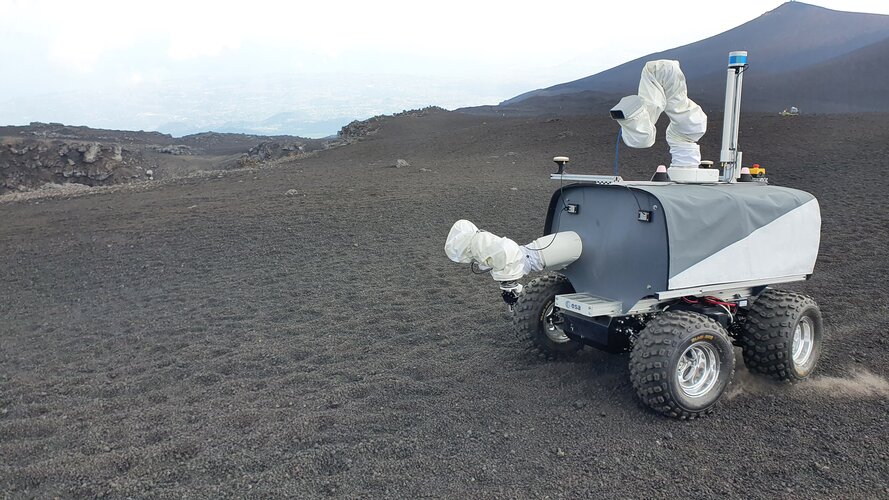 Image:
Lunar science stirring on Mount Etna
Image:
Lunar science stirring on Mount Etna On National Security | DoD’s buying habits a continuing source of frustration
Thursday, 23 June 2022 13:00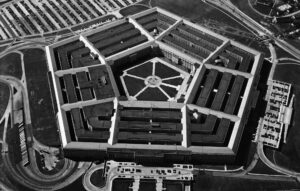
Over the course of just six months, three senior defense officials responsible for technology programs announced they were stepping down, voicing disappointment in a culture they view as an impediment to innovation.
BepiColombo surveys Mercury’s rich geology
Thursday, 23 June 2022 13:00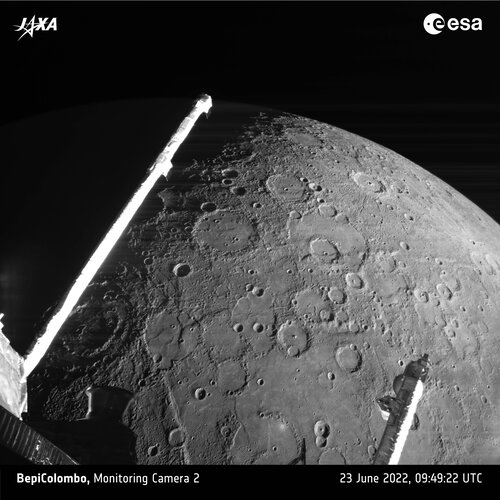 Image:
BepiColombo surveys Mercury’s rich geology
Image:
BepiColombo surveys Mercury’s rich geology Australia just flew its own 'vomit comet'. It's a big deal for zero-gravity space research
Thursday, 23 June 2022 12:30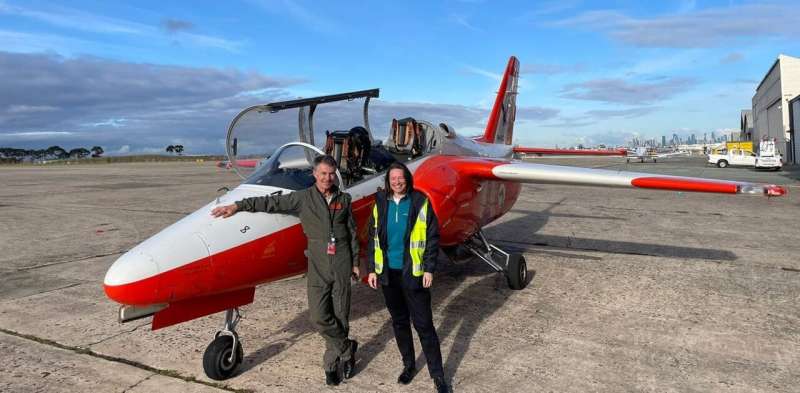
Last Saturday, a two-seater SIAI-Marchetti S.211 jet took off from Essendon Fields Airport in Melbourne with an expert aerobatic pilot at the controls and a case full of scientific experiments in the passenger seat.
Pilot Steve Gale took the jet on Australia's first commercial "parabolic flight", in which the plane flies along the path of a freely falling object, creating a short period of weightlessness for everyone and everything inside.
Parabolic flights are often a test run for the zero-gravity conditions of space. This one was operated by Australian space company Beings Systems, which plans to run regular commercial flights in coming years.
As Australia's space program begins to take off, flights like these will be in high demand.
What was on the plane?
The experiments aboard the flight were small packages developed by space science students at RMIT University.
Microsoft, Xplore and NOAA demonstrate cloud-based satellite operations
Thursday, 23 June 2022 12:00
Over the last year, Microsoft and Xplore worked with the National Oceanic and Atmospheric Administration to show how commercial services could support operations of polar-orbiting weather satellites.
The post Microsoft, Xplore and NOAA demonstrate cloud-based satellite operations appeared first on SpaceNews.
Methane levels surged in 2020 despite lockdowns
Thursday, 23 June 2022 11:45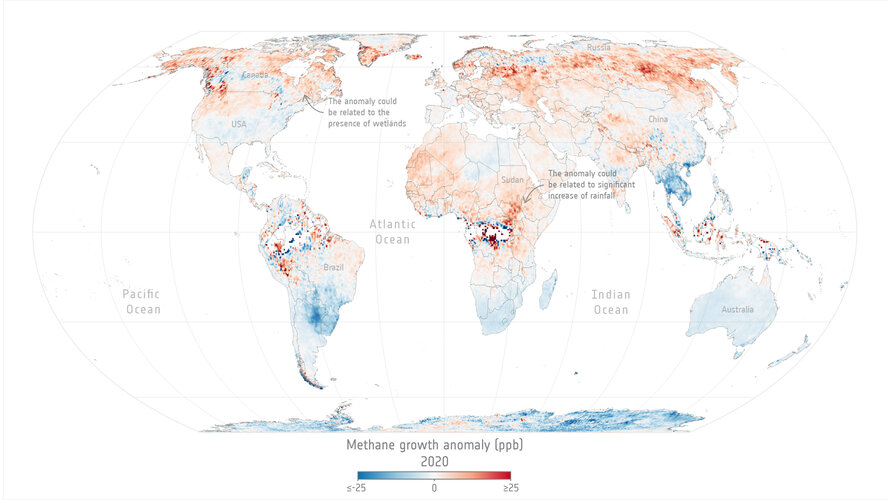
Levels of methane, the second most important greenhouse gas in our atmosphere, continued their unrelenting rise in 2020 despite the economic slowdown caused by the COVID-19 pandemic.
A team of scientists, from the University of Leeds, have used data from the Copernicus Sentinel-5P satellite to pinpoint locations with large surges of methane emissions. These findings were presented during ESA’s Living Planet Symposium which took place last month in Bonn, Germany.
Office of Space Commerce on a “listening tour” for civil space traffic management
Thursday, 23 June 2022 11:00
The new head of the Office of Space Commerce says he’s talking with industry on how his office can best take over civil space traffic management while also potentially taking on more regulatory responsibilities.
A modern space race needs to be built on sustainability
Thursday, 23 June 2022 10:29 Researchers have called for a more sustainable approach to the UK's National Space Strategy in a new publication from The University of Manchester, On Space.
Based on leading research and expertise on innovative and emerging technologies, experts are calling for sustainability to be at the forefront of humanity's next phase of space exploration. In On Space, experts ask policymakers to con
Researchers have called for a more sustainable approach to the UK's National Space Strategy in a new publication from The University of Manchester, On Space.
Based on leading research and expertise on innovative and emerging technologies, experts are calling for sustainability to be at the forefront of humanity's next phase of space exploration. In On Space, experts ask policymakers to con China looks set to build space solar power station
Thursday, 23 June 2022 10:29 China has made a milestone advance in its effort to build a solar power station in space to convert the sunlight in outer space into an electrical supply to drive the satellites in orbits or transmit power back to the Earth.
A research team from Xidian University has wrapped up the world's first full-chain, system-wide ground verification for space solar power station this month, displayin
China has made a milestone advance in its effort to build a solar power station in space to convert the sunlight in outer space into an electrical supply to drive the satellites in orbits or transmit power back to the Earth.
A research team from Xidian University has wrapped up the world's first full-chain, system-wide ground verification for space solar power station this month, displayin A Long History of Flowing Water Recorded in Clay-Bearing Sediments on Mars
Thursday, 23 June 2022 10:29 A region on Mars may have been repeatedly habitable until relatively late in Martian history, says a new paper by Planetary Science Institute Senior Scientist Catherine Weitz.
Some of the most extensively preserved landforms on Mars created by running water on its surface are found within the Margaritifer Terra region where deposits of clay-bearing sediments have been identified. "The pres
A region on Mars may have been repeatedly habitable until relatively late in Martian history, says a new paper by Planetary Science Institute Senior Scientist Catherine Weitz.
Some of the most extensively preserved landforms on Mars created by running water on its surface are found within the Margaritifer Terra region where deposits of clay-bearing sediments have been identified. "The pres NASA's Curiosity Captures Stunning Views of a Changing Mars Landscape
Thursday, 23 June 2022 10:29 Striking rock formations documented by the rover provide evidence of a drying climate in the Red Planet's ancient past.
For the past year, NASA's Curiosity Mars rover has been traveling through a transition zone from a clay-rich region to one filled with a salty mineral called sulfate. While the science team targeted the clay-rich region and the sulfate-laden one for evidence each can offe
Striking rock formations documented by the rover provide evidence of a drying climate in the Red Planet's ancient past.
For the past year, NASA's Curiosity Mars rover has been traveling through a transition zone from a clay-rich region to one filled with a salty mineral called sulfate. While the science team targeted the clay-rich region and the sulfate-laden one for evidence each can offe First Ariane 5 launch of 2022 is a success for Malaysia and India clients
Thursday, 23 June 2022 10:29 On Wednesday, June 22, 2022 at 06:50 pm local time, an Ariane 5 launcher lifted off from the Guiana Space Center, Europe's Spaceport in Kourou, French Guiana (South America), successfully orbiting two geostationary telecommunication satellites, MEASAT-3d and GSAT-24.
"With this Ariane 5 mission, Arianespace is honored to support the ambitions of two key actors in the Asia-Pacific region: M
On Wednesday, June 22, 2022 at 06:50 pm local time, an Ariane 5 launcher lifted off from the Guiana Space Center, Europe's Spaceport in Kourou, French Guiana (South America), successfully orbiting two geostationary telecommunication satellites, MEASAT-3d and GSAT-24.
"With this Ariane 5 mission, Arianespace is honored to support the ambitions of two key actors in the Asia-Pacific region: M Lockheed Martin partners with US Indo-Pacific Command in Multi-Domain Experiments
Thursday, 23 June 2022 10:29 Lockheed Martin paired its DIAMONDShield battle management system with four Virtualized Aegis Weapon System (VAWS) nodes deployed across hundreds of miles to successfully demonstrate multi-domain operations during a recent U.S. military exercise.
The exercise, called Valiant Shield 2022, is a biennial training activity involving thousands of U.S. military personnel and more than 200 ships,
Lockheed Martin paired its DIAMONDShield battle management system with four Virtualized Aegis Weapon System (VAWS) nodes deployed across hundreds of miles to successfully demonstrate multi-domain operations during a recent U.S. military exercise.
The exercise, called Valiant Shield 2022, is a biennial training activity involving thousands of U.S. military personnel and more than 200 ships, 
